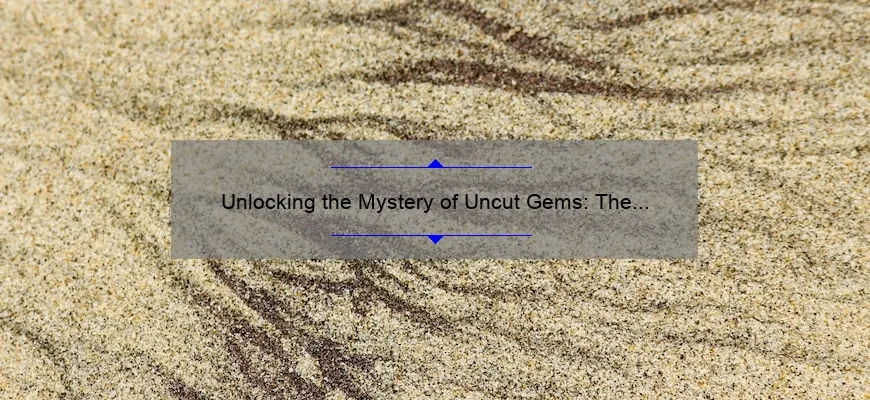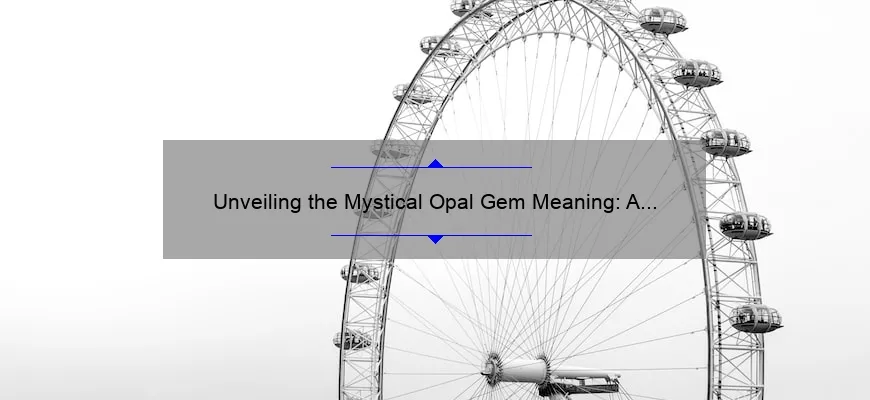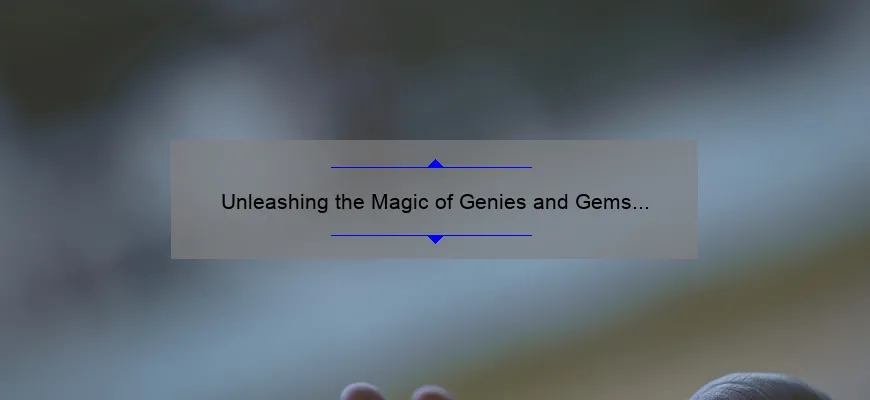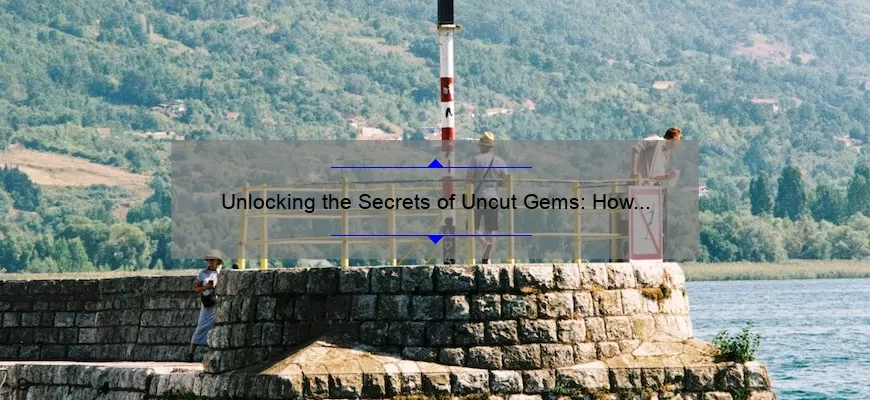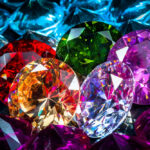Discover the Top 10 Gems for August: A Guide to Finding the Perfect Stones [Expert Tips and Stats]
What are gems for August? Gems for August is a collection of…
Discover the Best Crystal and Gem Shows: A Guide to Finding Hidden Gems [With Stats and Stories]
What is Crystal and Gem Shows? Crystal and gem shows is an…
Unlocking the Mystery of Uncut Gems: The Julia Meme Explained [With Stats and Solutions]
What is Uncut Gems Julia Meme? Uncut Gems Julia meme is a…
Unveiling the Mystical Opal Gem Meaning: A Fascinating Story, Practical Tips, and Eye-Opening Stats [For Gemstone Enthusiasts]
What is Opal Gem Meaning? Opal gem meaning is the significance or…
Unlock the Secrets of June Gemstones: A Fascinating Story, Practical Tips, and Surprising Stats [Ultimate Guide for Gemstone Enthusiasts]
What is June Gem? June gem is a birthstone associated with the…
Unleashing the Magic of Genies and Gems App: A Story of Adventure and Tips for Solving Puzzles [With Stats and Tricks for Gamers]
What is Genies and Gems App? Genies and gems app is an…
Discover the Best Deals and Gems on Gem Shopping Network Online: A Personal Story and Expert Tips [2021 Statistics]
What is Gem Shopping Network Online? Gem Shopping Network Online is an…
Unlock the Secrets of Car Gems: How to Find, Evaluate, and Own Your Dream Ride [A Comprehensive Guide for Auto Enthusiasts]
What is car gem? Car gem is a type of automotive paint…
Unlocking the Secrets of Uncut Gems: How the Oscar-Nominated Film Became a Cinematic Gem [Expert Insights + Stats]
What is uncut gems oscar nominations Uncut Gems is a 2019 American…
Unlock the Secrets of November Gemstones: A Fascinating Journey into Birthstone Lore [Expert Tips and Stats Included]
What is November Gem? November gem refers to the gemstones that are…


